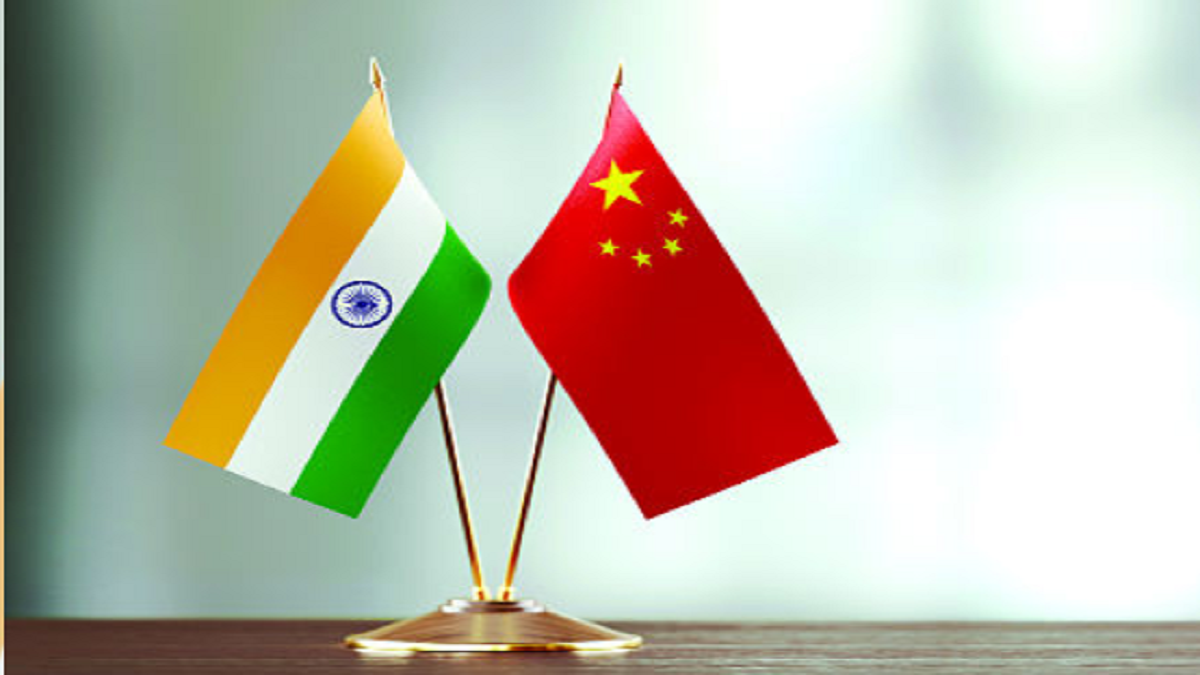President Joe Biden’s administration is closely monitoring the India-China border dispute, informed White House Press Secretary Jen Psaki on Monday (local time), adding that the US is “concerned” by China’s attempt to intimidate its neighbours.
“Well, we continue to closely monitor the situation. We continue to support dialogue and peaceful resolution of these border disputes. We’ve been pretty clear how we view Beijing’s behavior in the region around the world. We believe it can be destabilizing, and we’re concerned by the PRC attempt to intimidate its neighbours. We’ll continue to stand with our partners on that,” said Psaki while responding to a question on the India-China border dispute during a press briefing here. This comes ahead of the 14th round of the talks scheduled between India and China to resolve the standoff in eastern Ladakh. India and China will hold Corps Commander level talks on Wednesday after a gap of three months.
Earlier, the US Department of Defence in December last year expressed concern about China’s military build-up near the demarcation line across its Himalayan border with India has compelled Pentagon to worry.
India is looking forward to “constructive” dialogue with China to resolve issues in remaining friction points in eastern Ladakh, sources said, adding that major focus of the talks will be on disengagement in the Hot Springs area. The Indian side is expected to press for disengagement as soon as possible in all the remaining friction points including resolution of issues in Depsang Bulge and Demchok. The 13th round of talks had taken place on 10 October 2021 and they ended in a stalemate.
Both sides failed to make any headway in the talks with the Indian Army saying after the dialogue that the ‘constructive suggestions’ made by it were neither agreeable to the Chinese side nor it could provide any “forward-looking” proposals. In their virtual diplomatic talks on 18 November, India and China agreed to hold the 14th round of military talks at an early date to achieve the objective of complete disengagement in remaining friction points in eastern Ladakh. The eastern Ladakh border standoff between the Indian and Chinese militaries erupted on 5 May 2020, following a violent clash in the Pangong lake areas.
As a result of a series of military and diplomatic talks, the two sides completed the disengagement process last year in the north and south banks of the Pangong lake and in the Gogra area. Each side currently has around 50,000 to 60,000 troops along the Line of Actual Control (LAC) in the sensitive sector. India, the US and several other world powers have been talking about the need to ensure a free, open and thriving Indo-Pacific in the backdrop of China’s rising military manoeuvring in the resource-rich region.
China claims nearly all of the disputed South China Sea, though Taiwan, the Philippines, Brunei, Malaysia and Vietnam all claim parts of it. Beijing has built artificial islands and military installations in the South China Sea. China also has territorial disputes with Japan in the East China Sea.
The US maintains it will support its regional allies in the defence of a free and open Indo-Pacific region. America has been periodically sending its naval and air patrols through the South China Sea, challenging China’s claims of sovereignty over the area and also asserting the freedom of navigation. The US says it seeks to preserve peace and stability, uphold the freedom of the seas in a manner consistent with international law, maintain the unimpeded flow of commerce and oppose any attempt to use coercion or force to settle disputes.























